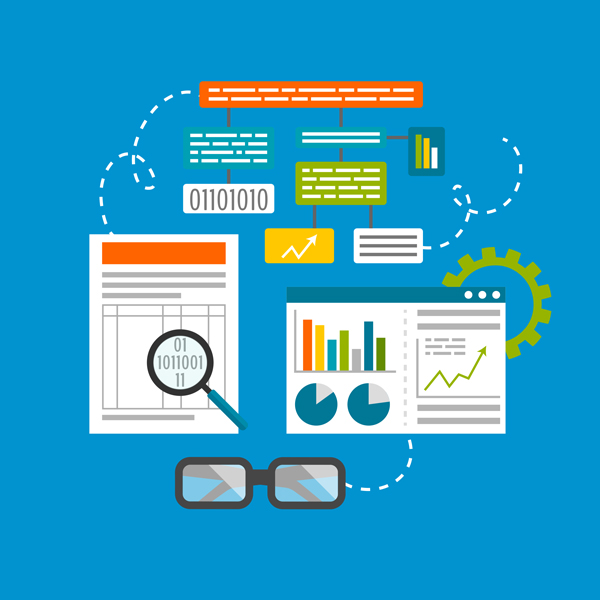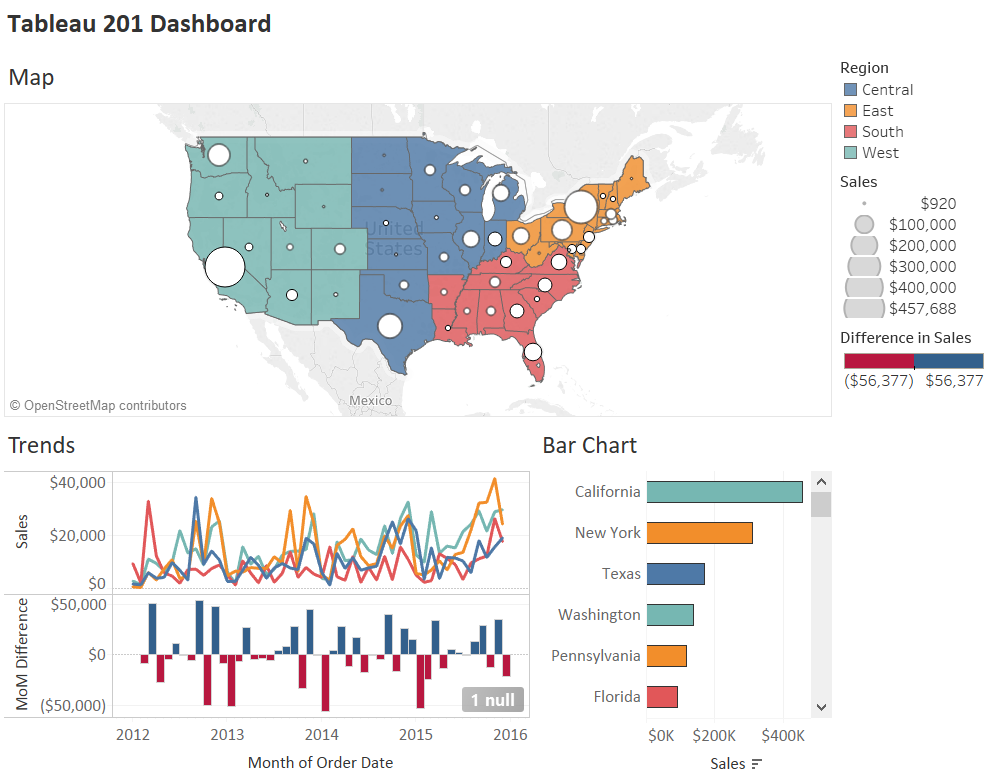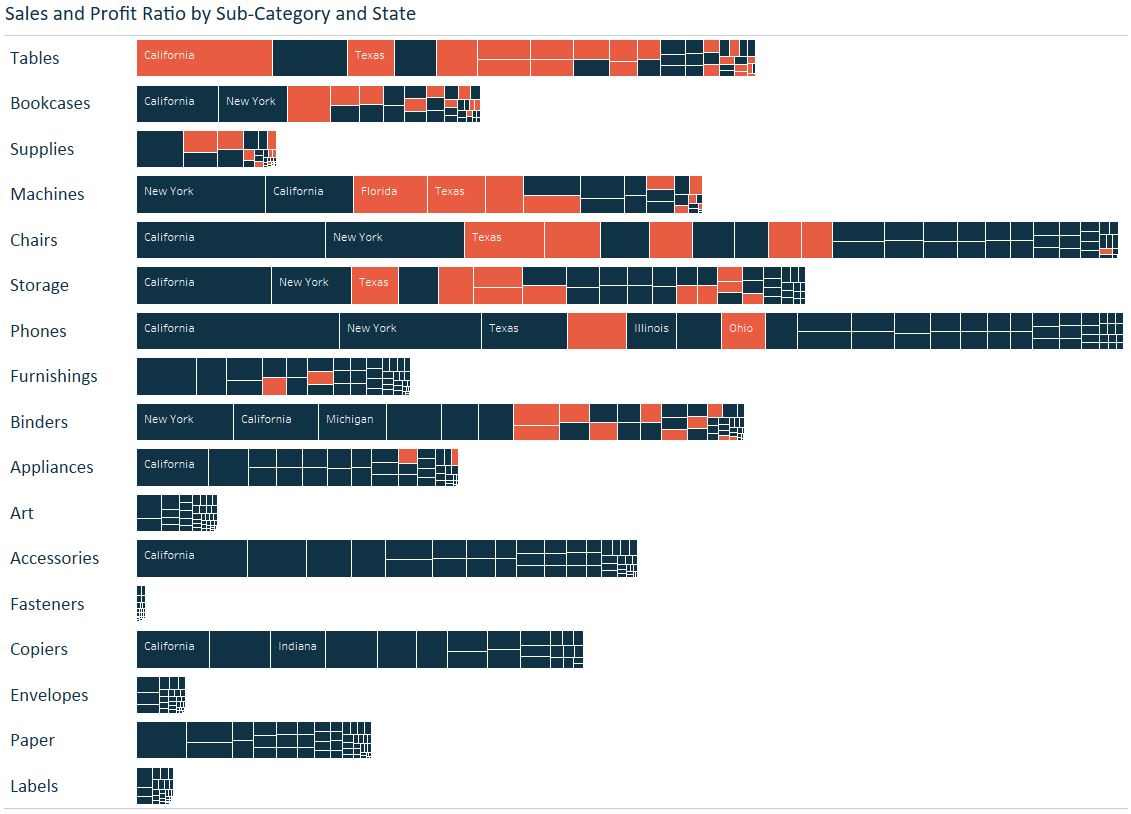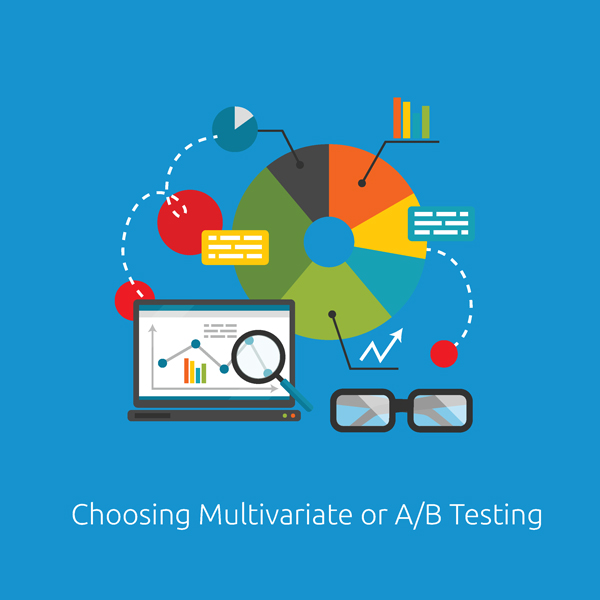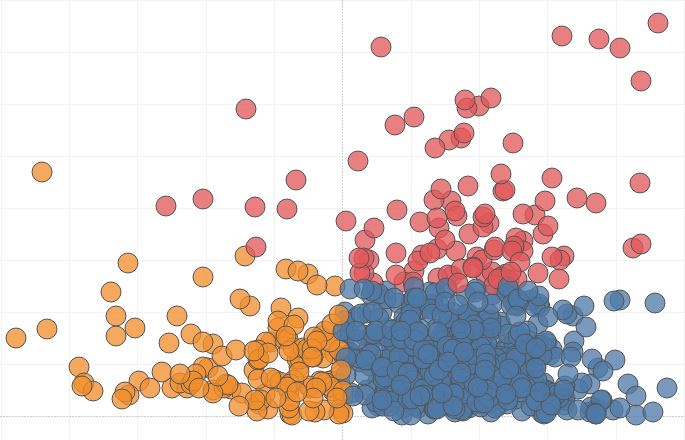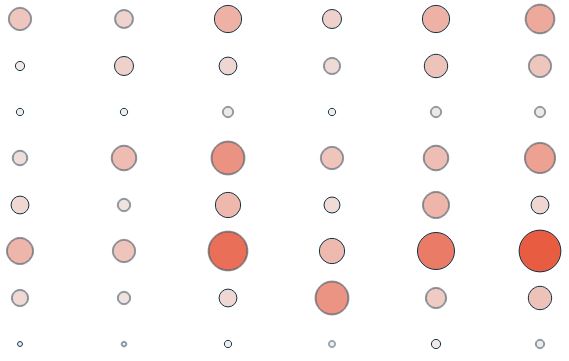Tableau Fundamentals: An Introduction to Dashboards and Sharing
Individual worksheets in Tableau can lead to powerful insights that help your business, but many times, it makes sense to combine the worksheets into a single dashboard. By combining varying visualizations into a dashboard, you …
